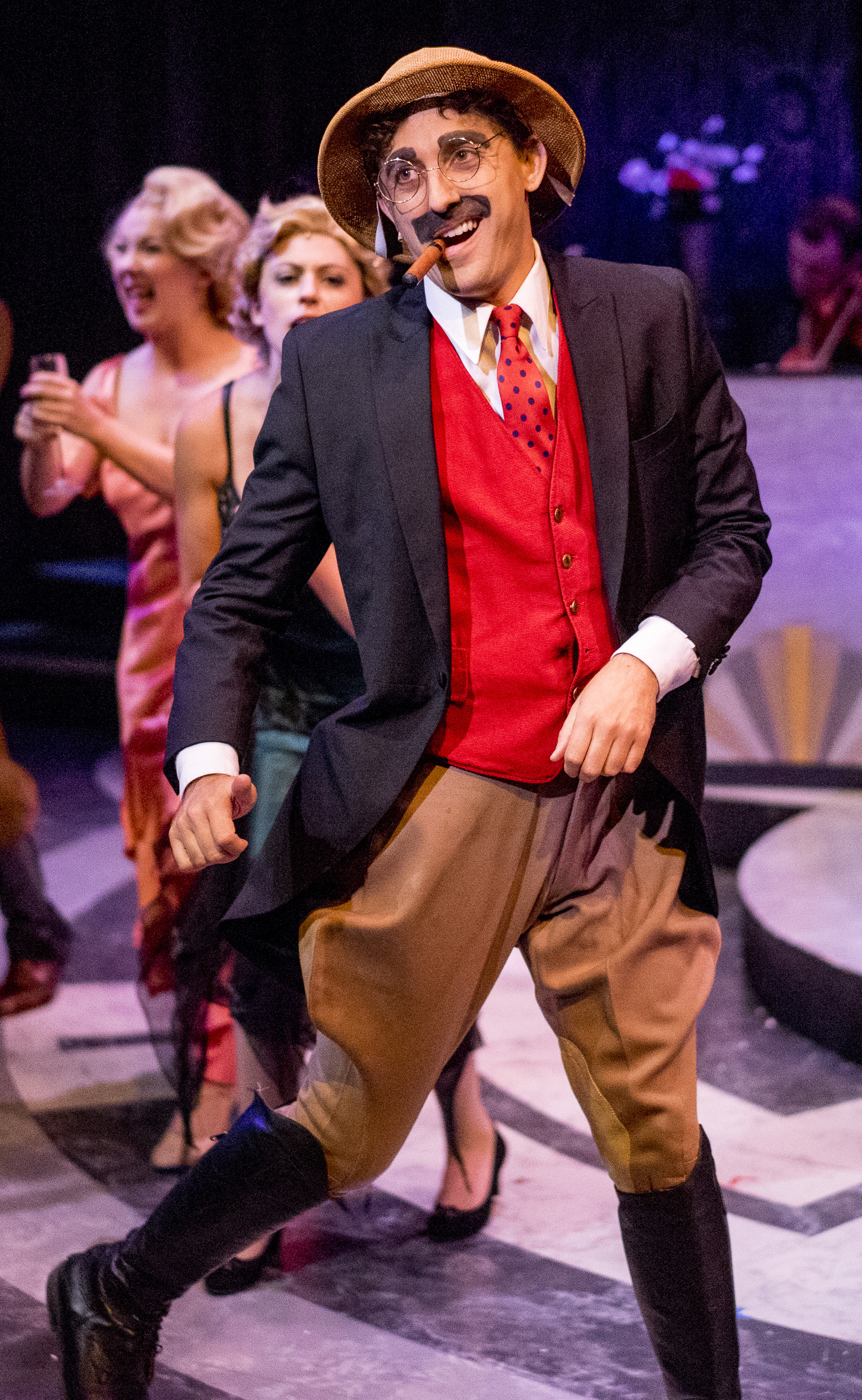 |
| The Museo Picasso Malaga, above, opened in 2003 and features nearly 300 paintings. Below, Merced Plaza which gives way to the Picasso Birthplace Museum, rear left. |
FATHER OF MODERN ART MEMORIALIZED IN HIS NATIVE CITY IN ANDALUSIA
 |
| The Picasso Museum -- Museo Picasso Malaga -- houses many of Malaga's native son's works. |
 |
| Picasso's birth home is now one of two museums celebrating the master's life and contributions. |
Malaga tips its hat -- twice -- to the master with a pair of complementary but different Picasso museums
 |
| Bruce Keller hams it up to a stoic Pablo Picasso, asking for directions from the master, who didn't reply. |
STORY By CHRISTENE MEYERS
 |
| Cookie (Christene Meyers) poses with Picasso, interrupting his sketching. |
ALTHOUGH HE LEFT home town for good after only two decades, Pablo Picasso is proudly claimed as Malaga's native son.
Two museums in the city honor him and we spent a wonderful day at the pair, exploring the evolution of a genius born into a patrician family, who answered the call of the arts and left Malaga for Paris.
Our first stop was the Casa Natal Picasso, Picasso's birthplace museum. After a breakfast snack with the master's bronze, we headed inside. We spent the morning there, before heading for the fine Picasso Museum Malaga.
 |
| The Picasso Birthplace Museum sells attractive souvenirs. |
IN THE birthplace home gallery, or "Natal Museum," we reveled in a fascinating illustrated history of his life with drawings, letters, commentary and even his favorite cape. The property is off the popular Plaza Merced, surrounded by bistros and shops. Inside, a treasure trove of engravings, sketches and personal effects of the master awaits inspection. Photographs of his childhood, parents and family are a fascinating record of the fashions and privileged lives of the gentry, which his parents obviously were.
Outside again in the Plaza Merced, we returned to sit with the master, memorialized in a handsome lifesize bronze, sketchbook and pencil in hand, patina on his head where thousands have rubbed it.
NEXT UP: If you've always wanted to visit San Diego in the summertime, and if you love old-fashioned well delivered musicals and comedy, you can laugh yourself into a happy stupor with the offerings in southern California right now. From "Guys and Dolls" to "Animal Crackers," and "The Buddy Holly Story," you can see a play a day. Remember to explore, learn and live and catch us Fridays when we post for each weekend another lively look at the arts, nature and travel with a twist.
 |
| The controversial "Les Demoiselles d'Avignon" by Picasso. |
CONSIDERED BY most experts and art aficionados to be the most important painter of the Twentieth Century, Picasso was born in 1881 at number 15 Plaza de la Merced. Declared a Historic-Artistic Monument of National Interest in 1983, Picasso's Birthplace Museum began on the first floor and expanded to the entire building.
Visiting the birthplace museum first was a wise idea, for it prepared us for the painting museum's extensive repertoire later that day.
 |
| Picasso in his Paris salon, 15 years before he died in 1973. |
Visiting the birthplace museum first was a wise idea, for it prepared us for the painting museum's extensive repertoire later that day.
AFTER SEVERAL HOURS at the birth place museum, which also houses ceramic pieces, we paused mid-day to picnic with the master's bronze in the plaza.
 |
| A foundation supports the Museo Casa Natal. |
We watched as tourists -- including the two of us -- posed with Pablo, shared stories with him, put arms around him, even offered him a sandwich. Then on to the splendid if austere Museo Picasso Málaga, which pays homage to Andalusia's most famous son.
It opened in 2003 in the Buenavista Palace, and is devoted to Picasso's dramatic paintings, 285 of which were donated by Picasso's family.
 |
| Young Picasso, left, with his sister, in his birth home. |
THE TWO museums are an absorbing point-counterpoint, with the natal museum's emphasis on scholarship, preparation and personal effects and the more traditional museum an artfully curated homage to his paintings.
A wonderful library and ambitious program of temporary exhibitions and cultural activities also enrich Picasso's Birthplace Museum. Fans of Miro, Chagall, Max Ernst, Georges Braque and other influential artists will enjoy an array of illustrated books donated by the painter's family.
And fans of art history will appreciate the birthplace museum's fascinating notebooks of preparatory drawings for the famous work "Les Demoiselles d'Avignon" (The Young Ladies of Avignon). This landmark painting of five splintered faces of prostitutes with masks marked the beginning of Picasso's "African Period," which inspired the artistic movement of cubism. Ironically, the master's most famous painting -- created in 1907 -- is housed not in Spain, but in New York's Museum of Modern Art.
 |
| As the hilarious Captain Spaulding,Josh Odsess-Rubin brings down the house in Cygnet Theatre's rollicking performance of "Animal Crackers." |


Ah, Espana. We love this part of southern Europe and Malaga indeed honors Pablo! Nice pairing.
ReplyDelete